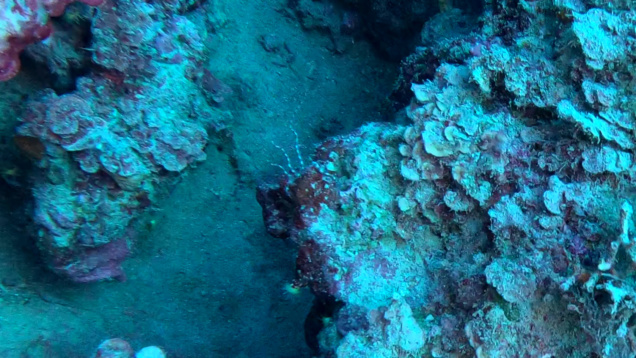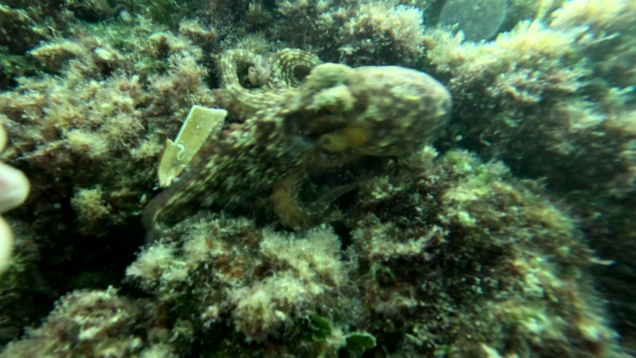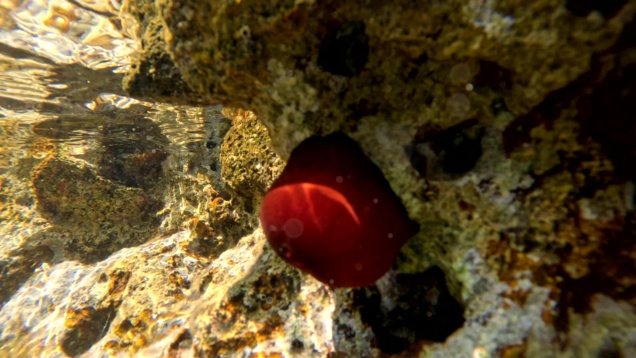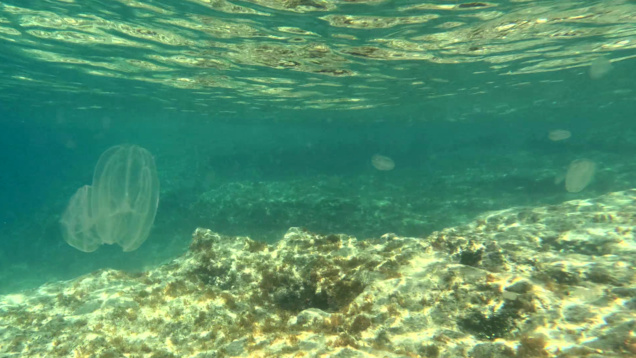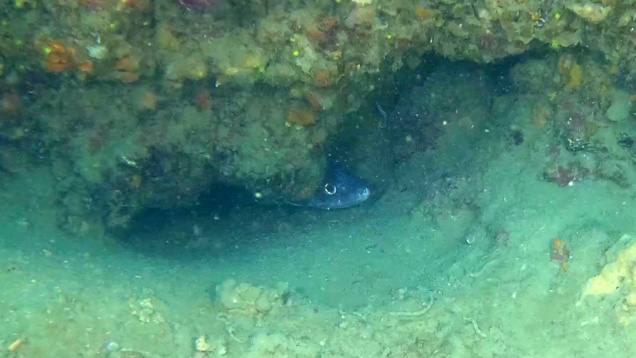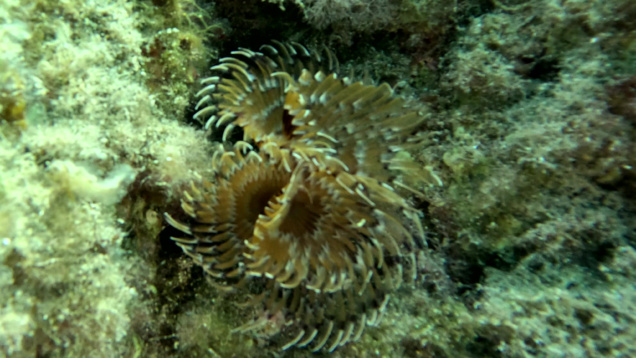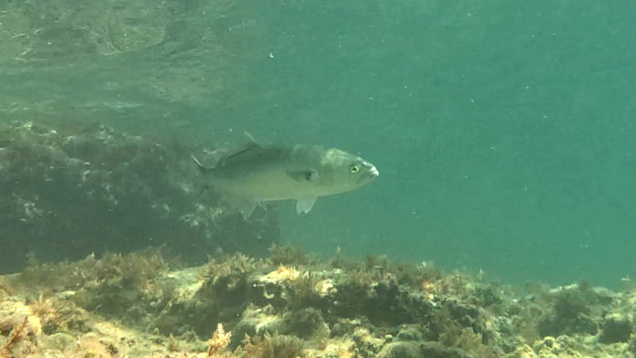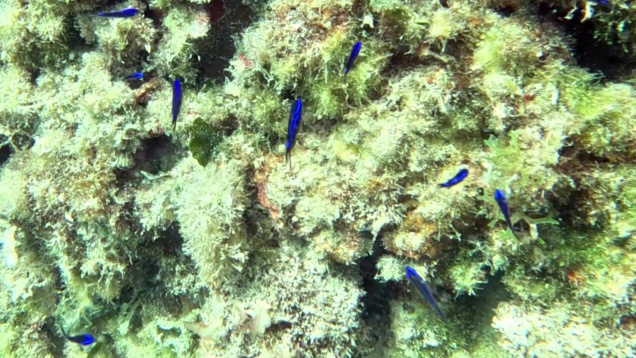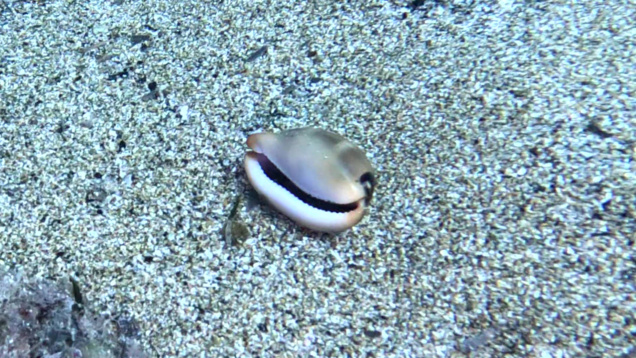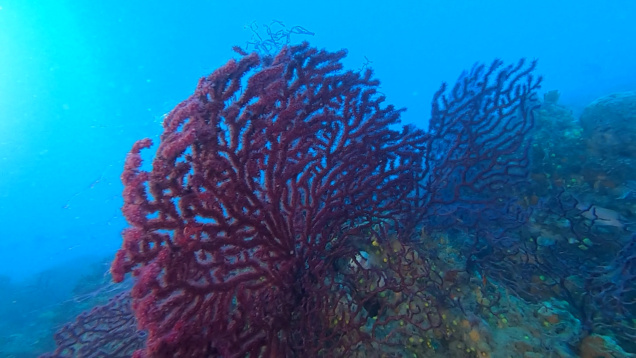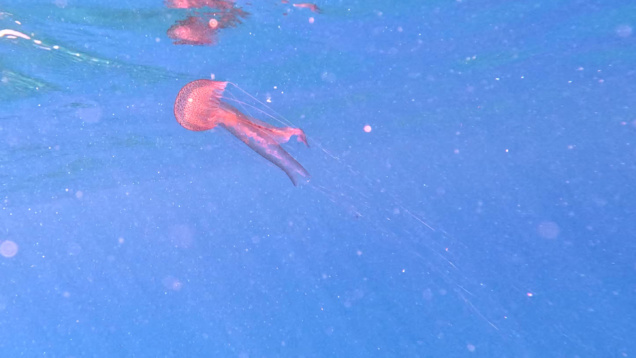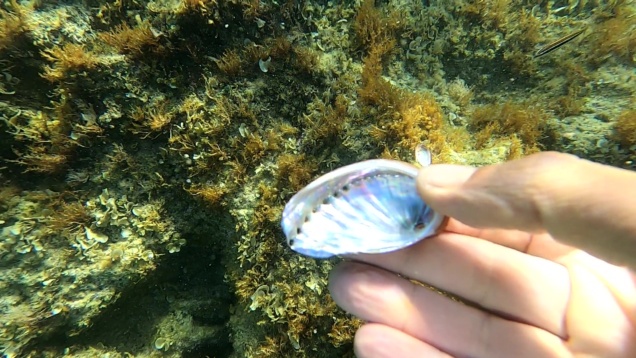Mediterranean feather star
Mediterranean feather star becoming increasingly rare, and we try not to miss every opportunity to film and photograph it. In this dive we found it on a seabed that varies from 45 to 48 meters deep. As you can see from the video, the body of the starfish is located in a small hole, we practically recognized the characteristic arms outward probably in search of food. ...

